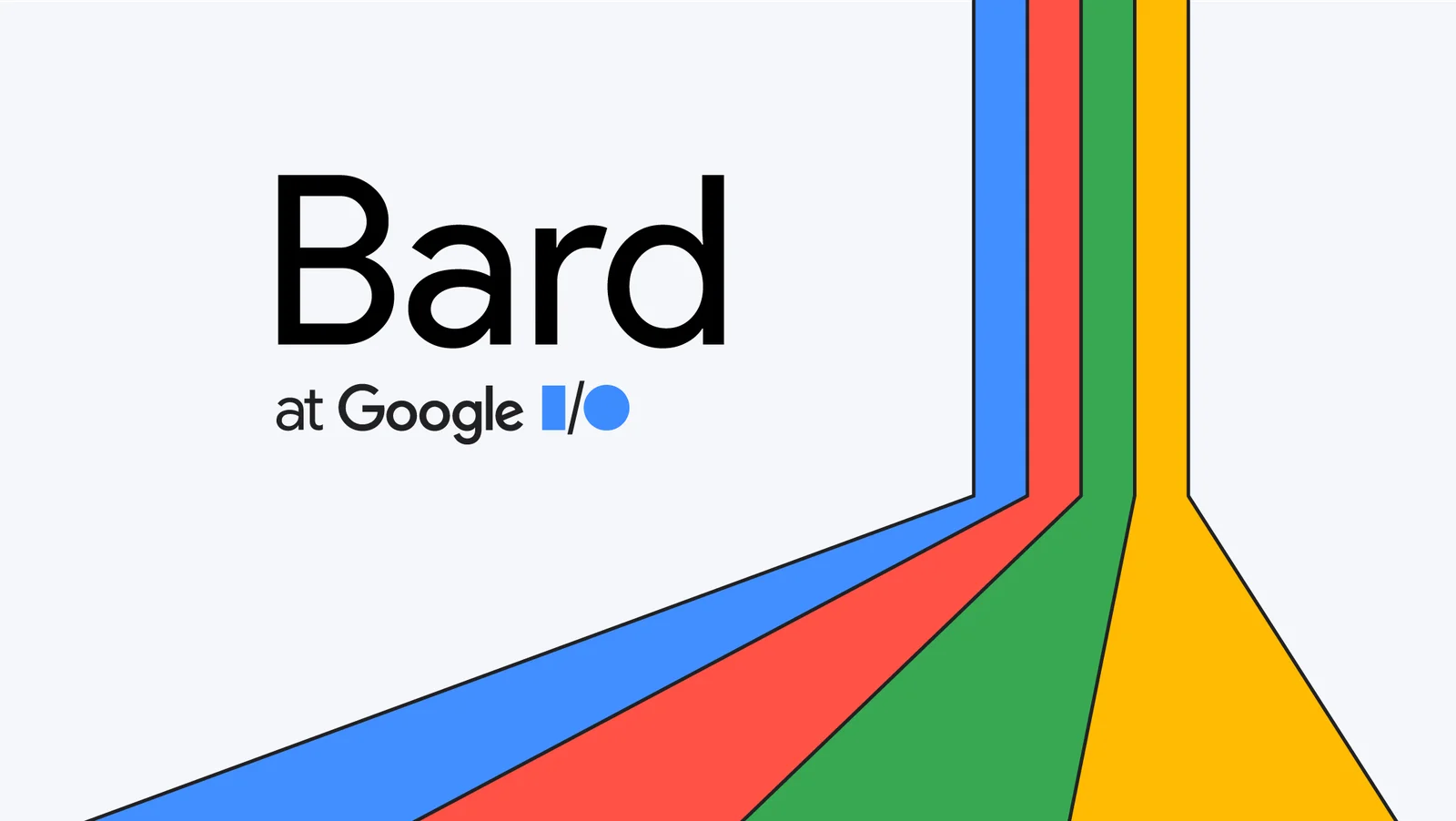In the ever-evolving landscape of artificial intelligence, breakthroughs are not uncommon. Google Bard AI and ChatGPT are two examples of these advancements, both are pushing the boundaries of what AI can achieve in terms of natural language processing. In this blog post, we will go detail into the intricacies of Google Bard AI and compare it with ChatGPT, shedding light on their unique features, differences, and potential impact.
Understanding Google Bard AI
Google Bard AI, a brainchild of Google’s AI research division, represents a fascinating leap forward in AI language models. While both Google and OpenAI have been at the forefront of AI research, Google Bard AI is their response to the growing demand for more human-like interactions with AI systems. It is designed to generate poetry, prose, and other forms of creative writing, making it a distinctive offering in the AI language model domain.
Capabilities of Google Bard AI
Google Bard AI showcases impressive capabilities that set it apart from traditional language models. It can compose poems in various styles, mimic the tone of famous poets, and even generate creative stories that adhere to specific themes or emotions. This versatility is attributed to its advanced understanding of literary techniques, stylistic nuances, and linguistic subtleties.
Furthermore, Google Bard AI can collaborate with humans in creative endeavours. Users can provide prompts or ideas, and the AI responds with refined compositions, sparking new avenues for artistic collaboration between humans and machines.
Technical Underpinnings
At the heart of Google Bard AI is a complex architecture that combines state-of-the-art deep learning techniques with advanced natural language processing algorithms. The model is pre-trained on an extensive corpus of diverse literary works, allowing it to capture the essence of different writing styles and genres. Additionally, the model’s training process involves reinforcement learning, enabling it to refine its output based on user feedback over time.
ChatGPT: A Brief Overview
ChatGPT, developed by OpenAI, is another trailblazing AI language model that has garnered significant attention. It focuses on generating human-like text based on user inputs and prompts, with applications ranging from customer support interactions to creative writing assistance.
Core Functionality of ChatGPT
ChatGPT excels at engaging in contextually relevant conversations with users. It can provide information, answer questions, offer suggestions, and simulate conversations on a wide array of topics. The model’s ability to understand context and maintain coherent dialogues has been a key factor in its widespread adoption.
Distinctive Features
One of the distinctive features of ChatGPT is its fine-tuning process. After pre-training on a massive dataset, the model is fine-tuned using reinforcement learning from human feedback. This step helps mitigate biases and improve the quality of responses generated by the model. Additionally, OpenAI has taken measures to allow users to customize ChatGPT’s behavior within certain bounds, enhancing its adaptability to individual preferences.
Comparing Google Bard AI and ChatGPT
While both Google Bard AI and ChatGPT fall under the umbrella of AI language models, they cater to distinct niches within this domain. Here, we’ll explore the key differences between the two technologies:
1. Focus and Purpose
Google Bard AI is primarily designed to produce creative written content, including poetry and prose. It thrives in artistic and expressive contexts, providing a new dimension to AI’s involvement in the world of literature and creativity. On the other hand, ChatGPT focuses on generating text for conversations, information retrieval, and practical assistance. Its applications span customer support, content drafting, brainstorming, and more.
2. Output Styles
While ChatGPT is adept at maintaining human-like conversations, Google Bard AI excels in emulating the styles of various poets and writers. It can compose poems in the manner of Shakespeare, Dickinson, Frost, and others, making it a versatile tool for writers seeking inspiration or experimenting with different literary forms.
3. User Interaction
Google Bard AI encourages collaborative interaction between the AI system and users, especially in creative endeavors. It invites users to provide prompts or ideas, shaping the direction of the AI-generated content. Conversely, ChatGPT is geared towards providing concise, informative, and contextually relevant responses based on user queries, with less emphasis on collaborative content creation.
4. Training Data
Both models draw from extensive datasets during their training, but the specifics differ. Google Bard AI is trained on a vast collection of literary works, enabling it to capture the nuances of different writing styles. ChatGPT, on the other hand, is trained on a mixture of licensed data, data created by human trainers, and publicly available text from the internet.
5. Use Cases
Google Bard AI finds its footing in artistic and creative applications, including assisting writers, generating poetic content, and exploring new dimensions of literary expression. Meanwhile, ChatGPT finds utility in a broader spectrum of scenarios, including customer service interactions, content generation, educational assistance, and more.
Future Ahead
As both Google Bard AI and ChatGPT continue to evolve, they hold the potential to reshape various aspects of human-AI interaction. Google Bard AI’s ability to foster collaborative creativity between humans and AI opens new doors for artistic expression and exploration. ChatGPT’s natural language understanding and conversation capabilities contribute to enhanced communication and problem-solving in practical settings.
The ongoing development of these technologies also raises questions about ethical considerations, bias mitigation, and the responsible deployment of AI systems. Striking a balance between creative freedom and responsible AI usage remains a crucial challenge for developers, researchers, and policymakers.
Conclusion
In the dynamic landscape of AI language models, Google Bard AI and ChatGPT stand as impressive examples of technological innovation. While they cater to different niches and use cases, both models underscore the remarkable progress AI has made in understanding and generating human-like text. Google Bard AI’s focus on creative expression and ChatGPT’s conversational prowess represent complementary approaches to advancing AI’s role in shaping the future of communication and creativity. As these technologies continue to mature, it will be fascinating to witness the impact they have on various industries and the broader societal landscape.

